
GS27 CLASSICS PLASTIC WIPES SATIN FINISH CITRUS FRAGRANCE 40 Units PREMIUM CAR CARE PRODUCT MADE IN FRANCE CAR DETAILING


Wholesale By Manufacturers Silica Sol Refractory Material Silica Sol Coating Organic And Inorganic Silica Sol







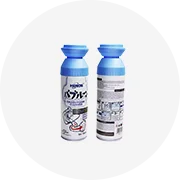
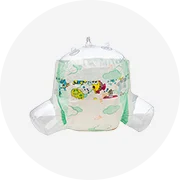

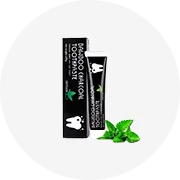

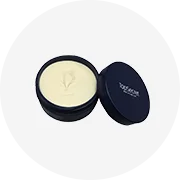
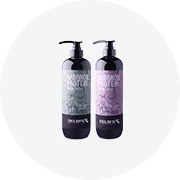
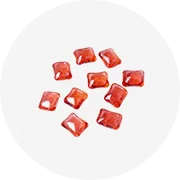

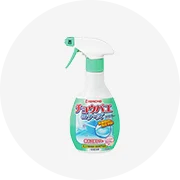
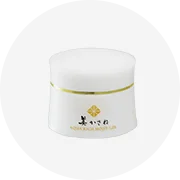
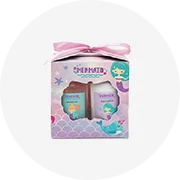

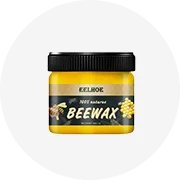


Dry cleaning chemicals are essential agents in the textile maintenance industry, providing a non-aqueous method of cleaning fabrics that either cannot withstand the traditional water-based laundering or require specialized care. This category encompasses a diverse range of chemical formulations designed to remove soils and stains from textiles in a way that preserves the quality and integrity of the material.
Among the various types of dry cleaning solvents, perchloroethylene, commonly known as 'perc', stands out as a prevalent choice for its efficacy in grease and oil removal. However, the industry also sees the use of alternative solvents such as hydrocarbons and silicone-based agents, catering to the demand for dry cleaners organic options. These chemicals find their applications across various settings, from hotels to restaurants, and are crucial in maintaining the pristine condition of garments and upholstery.
The features of dry cleaning agents are tailored to their specific use cases. For instance, dry cleaning fluid is designed to have a low viscosity and high dissolving power, making it suitable for delicate fabrics. Materials commonly treated with these chemicals include wool, silk, and other fine textiles that could be damaged by water or heat. Innovations in the sector have led to the development of dry powder carpet cleaner and dry powder rug cleaner, which offer a moisture-minimal solution for cleaning larger textile surfaces.
The advantages of using dry cleaning chemicals are manifold. They not only extend the life of sensitive fabrics but also provide a deep clean that water-based detergents may not achieve. For instance, perchlorethylene dry cleaning is known for its robust degreasing properties, while dry cleaning solvent upholstery cleaner is adept at preserving the texture and appearance of furniture coverings. Moreover, the industry's shift towards more environmentally friendly practices has given rise to non toxic dry cleaners near me, highlighting a commitment to safety and sustainability.
When selecting a dry cleaning agent, it is crucial to consider the type of fabric and the nature of the stains. A comprehensive dry cleaning chemicals list is available for professionals to choose the most appropriate solvent. The usage of these chemicals requires adherence to safety protocols and regulations, ensuring that the cleaning process is not only effective but also safe for the operators and the environment.
In conclusion, the range of dry cleaning chemicals available on the market serves a vital role in the maintenance of textiles. From chemical perc to more eco-friendly alternatives, these agents offer solutions tailored to a variety of cleaning needs. While the industry continues to evolve, the constant is the commitment to delivering clean, well-maintained fabrics through the use of specialized chemical agents.